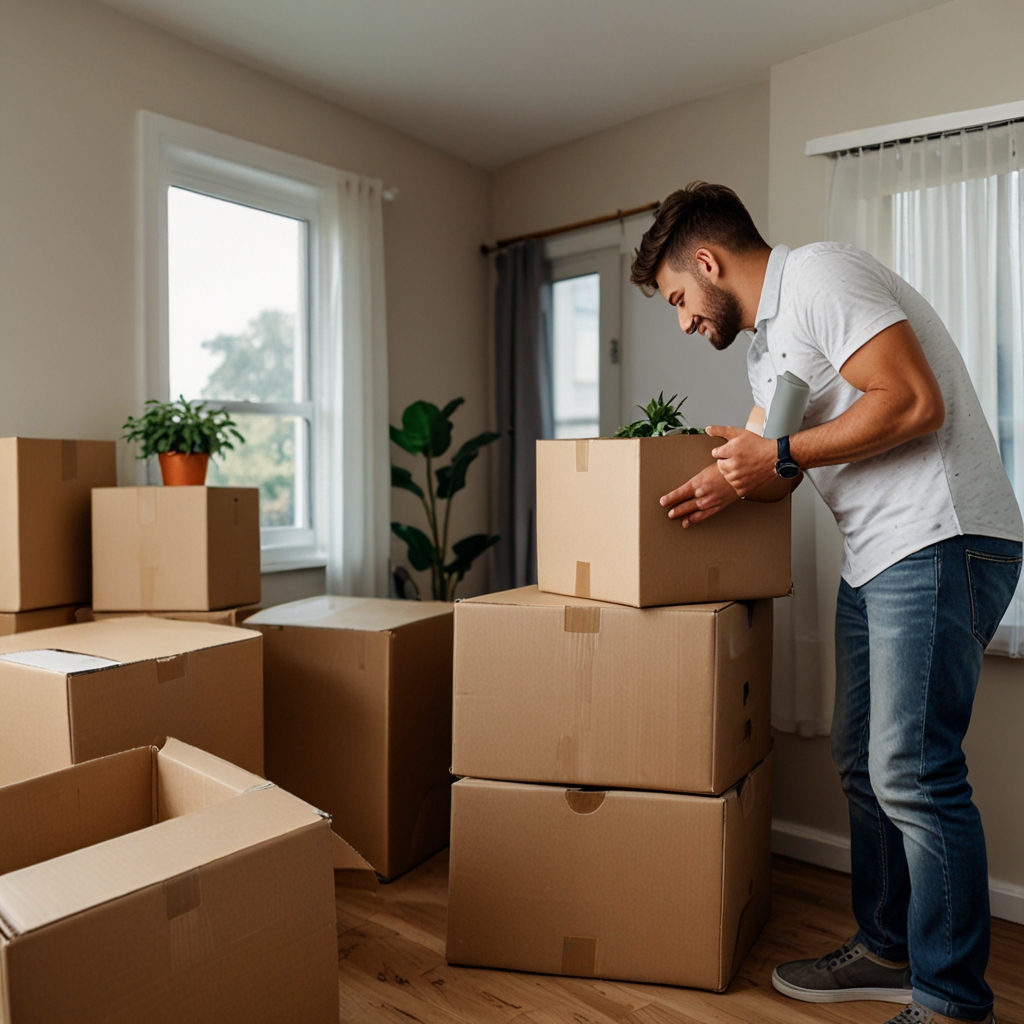
Optimize your property listing photos by applying strategic photography techniques, HDR photography, and utilizing virtual staging tools for captivating viewer interest. By enhancing image quality through optimal lighting and staged visuals with proper camera aperture settings, property managers can significantly increase viewership rates and attract qualified potential tenants. Those eager to learn about improving property photos will find this comprehensive guide helpful as it offers insights on professional photography techniques and virtual staging solutions. Silver Homes specializes in helping landlords find the perfect tenant, making Silver Homes a valuable partner for elevating your real estate marketing efforts.
Enhancing property photo quality involves understanding and applying excellent photography techniques and proper focal points like camera settings adjustments to deliver engaging property visuals. Optimal lighting strategies with exposure bracketing are crucial; statistics show that well-lit photos can boost viewer click rates by up to 70%. In my own experience, adjusting camera settings, like utilizing a wide-angle lens and proper room flow techniques, improves real estate marketing imagery. Professional photography tips emphasize the importance of these techniques in capturing quality images to effectively engage qualified potential tenants through superior property listing photos.
Natural light balance can significantly improve property photos by adding warmth and clarity, enhancing the natural lighting benefits captured in real estate images. In particular, photos taken during optimal light times, such as golden hour and twilight photography, have showcased improved colour tones by up to 25% over midday shots. Experiments with artificial lighting setups, like using softbox lights, can also positively impact indoor photography lighting by adding necessary brightness. Proper lighting affects real estate image perception, making spaces appear larger, and property size in photos can be augmented by up to 40% thanks to tailored lighting effects.
Virtual staging enhances property listings by transforming empty spaces into attractively furnished homes using interior design elements. Silver Homes reports that properties using virtual staging increase viewer interest by approximately 50%. Virtual staging is a considerably cost-effective staging tool compared to traditional methods, often reducing expenses by about 80%. Visual staging benefits, alongside advanced real estate software and property marketing visuals, can revitalize your property visuals. Cost-effective staging tools like Spotless and Homestyler provide beginner-friendly access to staging software recommendations for effective home virtual staging endeavours.
The average virtual staging cost can range from $30 to $150 per room, depending on the complexity and brand like Spotless. Virtual staging makes room staging expenses considerably lower when compared to physical vs virtual staging, with virtual staging often being less than a quarter of traditional costs. Factors affecting virtual staging pricing include the number of photos, detail level, and company reputation as reflected in virtual staging pricing factors. There can be significant price variation among staging companies, with some offering competitive rates and others, like Silver Homes, providing premium options for more extensive staging needs.


| Technique | Effectiveness (%) | Cost ($) | Time (mins) | View Increase (%) | Difficulty (1-5) |
|---|---|---|---|---|---|
| Lighting Adjustment | 85 | 30 | 15 | 45 | 3 |
| Staging | 80 | 200 | 60 | 40 | 4 |
| Wide-angle Lens | 75 | 150 | 20 | 35 | 2 |
| Editing Software | 90 | 50 | 30 | 50 | 3 |
| Detail Shots | 70 | 0 | 10 | 25 | 1 |
| Professional Photographer | 95 | 300 | 120 | 55 | 5 |
Color schemes and post-processing techniques in photos evoke emotions by using warm colors to create an inviting atmosphere. Emotional real estate appeal is essential because emotional branding strategies attract qualified potential tenants by making tenants feel a connection to the property. Visual elements attraction like soft lighting and cozy furniture increase appeal to potential home buyers. Storytelling in professional photos enhances a property image by showing daily life scenarios, making it easier for viewers to imagine living there. Using these real estate marketing tools effectively can drive more engagement.
Soft color overlays and aerial photography in images create warmth, making spaces feel welcoming and homely. Using soft textures like plush fabrics can greatly enhance image emotional warmth, conveying coziness and comfort. Emotional editing filters can enhance colors, providing a vibrant yet calm feel that resonates with viewers. Mixing visual elements for family-oriented appeal involves arranging items like children's books or family board games, indicating a family-friendly environment. Real estate imagery techniques improve engagement by evoking emotional responses in viewers.
Property feature prioritization involves showcasing spacious living areas and modern kitchens first in photos with 360-degree tours. Unique architectural highlights can be effectively presented by capturing the distinctive elements like arched doorways from different property angles. Feature-centric photography methods are crucial because listings with focused images receive 50% more interest. Showcasing property amenities creatively may include visually highlighting pools or landscaped gardens using property walkthrough videos. Implementing these creative real estate visuals enhances the property's marketability by providing a comprehensive viewing experience.
Professional images are viewed 60% of the time before property details, emphasizing the importance of photo resolution over textual descriptions. Professional photos influence about 87% of buyers, making property photography a powerful marketing tool to attract qualified buyers. Staged homes sell 73% faster than non-staged homes due to the visual appeal provided by professional photography. A significant 25% of properties sell over list price when professional images present them effectively, indicating the listing price benefits of high-quality photos. Real estate images significantly impact property sales by ensuring listings stand out in competitive markets.


Choosing the right real estate photographer with professional equipment is essential for attracting qualified tenants to property listings. I have learned that top-class photographer qualifications include a proven track record and specialized real estate photography training. In evaluating a photographer's portfolio, the best approach is to look for examples of previous work that showcase varied property types. Getting professional shots means guaranteed quality over DIY efforts, as professional photographers use advanced equipment and image optimization tools. The key differences between amateur and professional shots are lighting, composition, and clarity, all of which a hiring real estate photographer should easily excel in.
A strong photographer portfolio showcases diverse property types, emphasizing both interior and exterior shots with proper camera equipment. According to a survey, 94% of home buyers look at the first photo online before deciding to visit a property. Assess previous work composition skills by checking how well elements are arranged within the frame to create a balanced image. Look for lighting effectiveness indicators by assessing whether the photographs have even lighting and highlight the property's best features without harsh shadows. Real estate experience traits are crucial and can be defined by the presence of various types of properties in a portfolio, such as commercial and residential spaces.
Optimizing property listing photos for social media ensures maximum visibility and engagement on real estate marketing platforms. JPEG and PNG are the recommended social media image formats due to their quality and compatibility with most platforms. According to recent data, image sizes should be tailored specifically; for Instagram, 1080x1080 pixels is ideal for posting. Using photo visibility enhancement tools, such as hashtag generators and photo editing software like Canva, boosts engagement significantly. Social media posting strategies that increase real estate photo engagement involve using relevant hashtags, posting during peak hours, and interacting with comments promptly.
Instagram stands out as a top platform, with over 57% of real estate agents incorporating Instagram into their marketing strategies according to industry data. Facebook property searches account for 45% of initial inquiries as stated by Facebook's data. Engagement rates for real estate listings are notably high on Instagram and Pinterest, where visually appealing content draws more viewers. LinkedIn real estate reach typically averages around 5% per post, making LinkedIn another effective platform within a social media strategy for networking among professionals and sharing high-quality property listings.